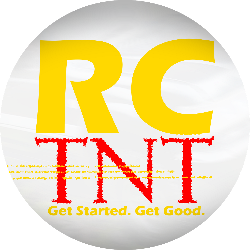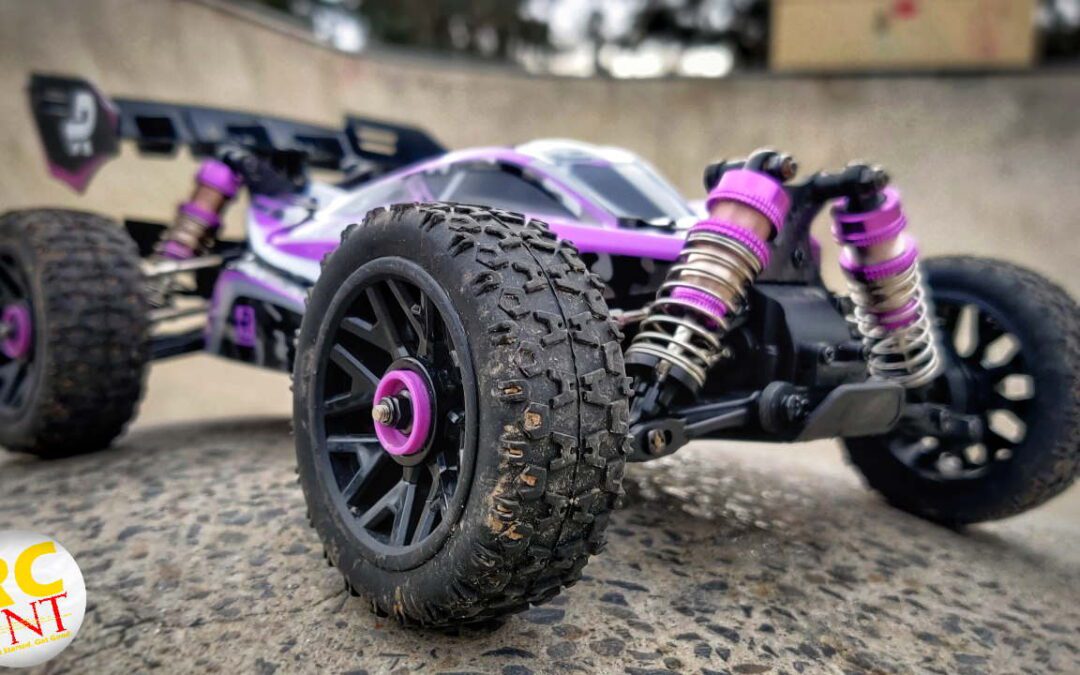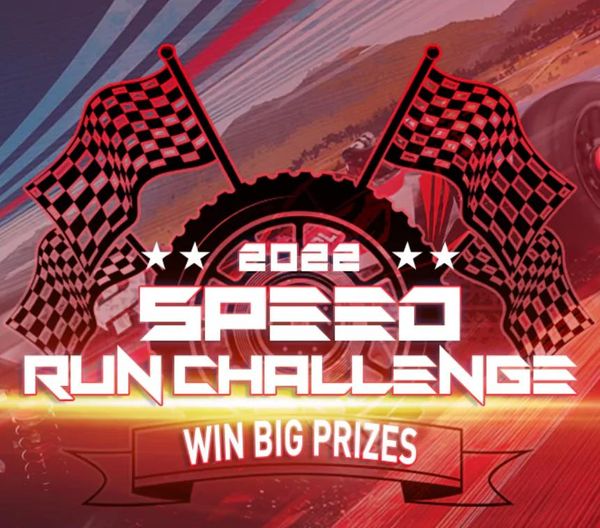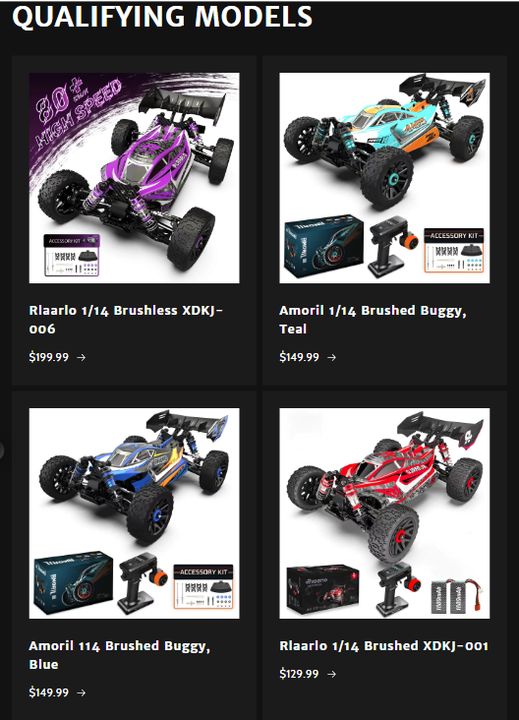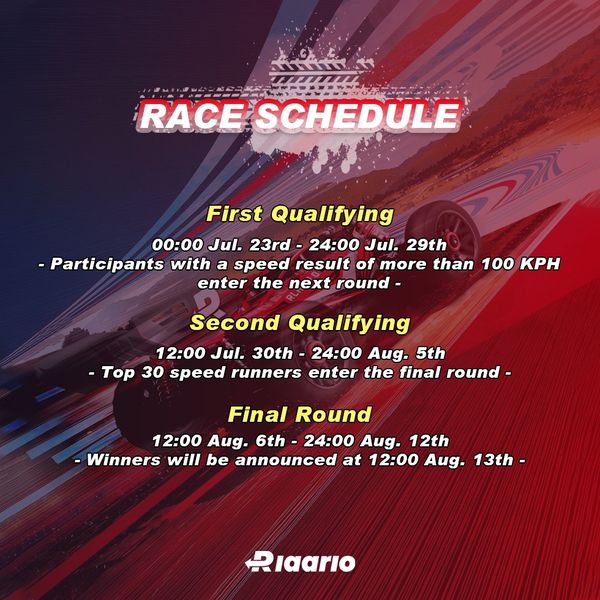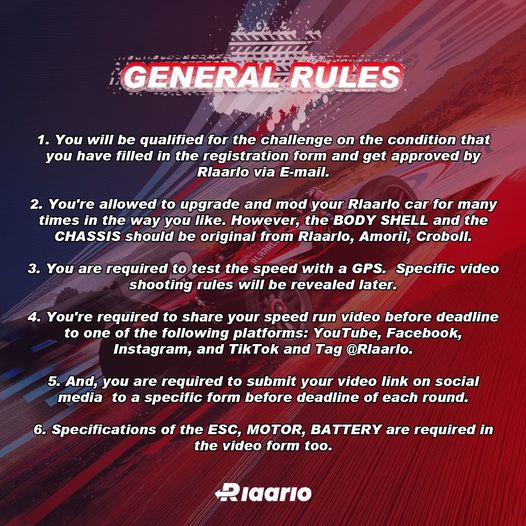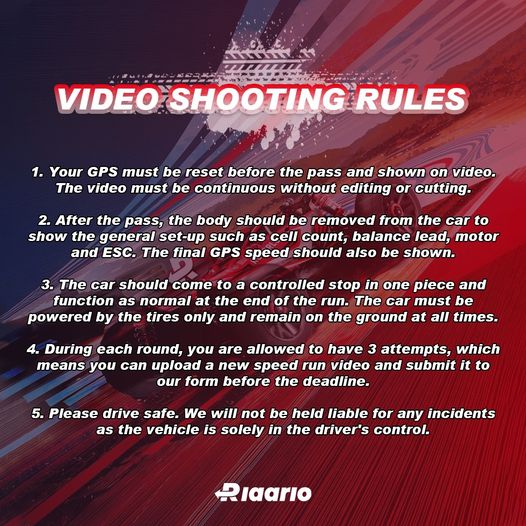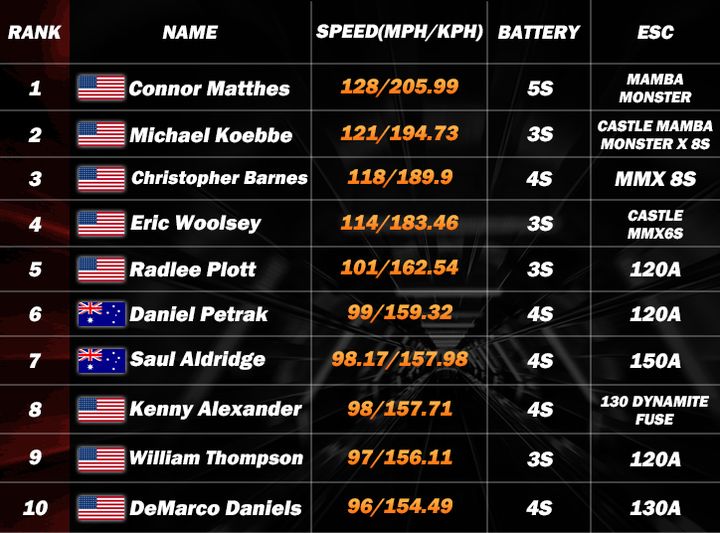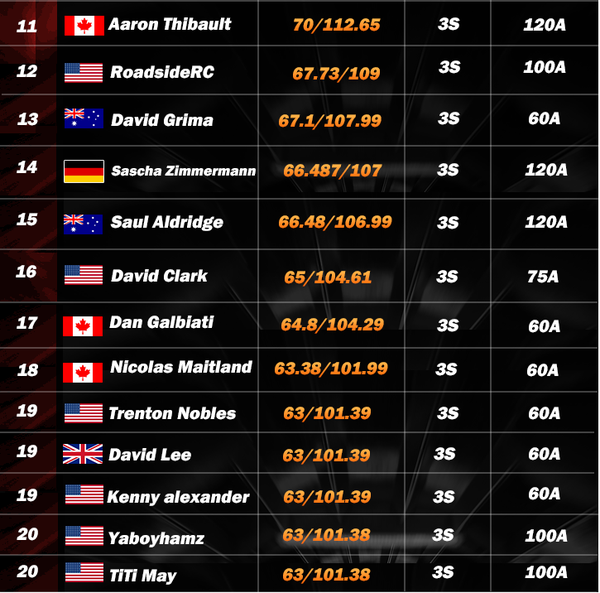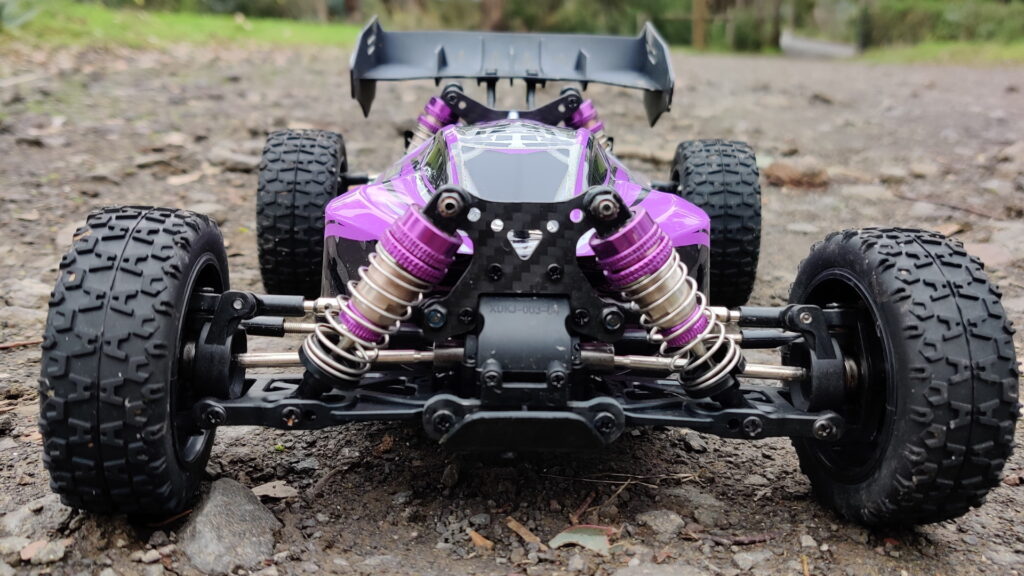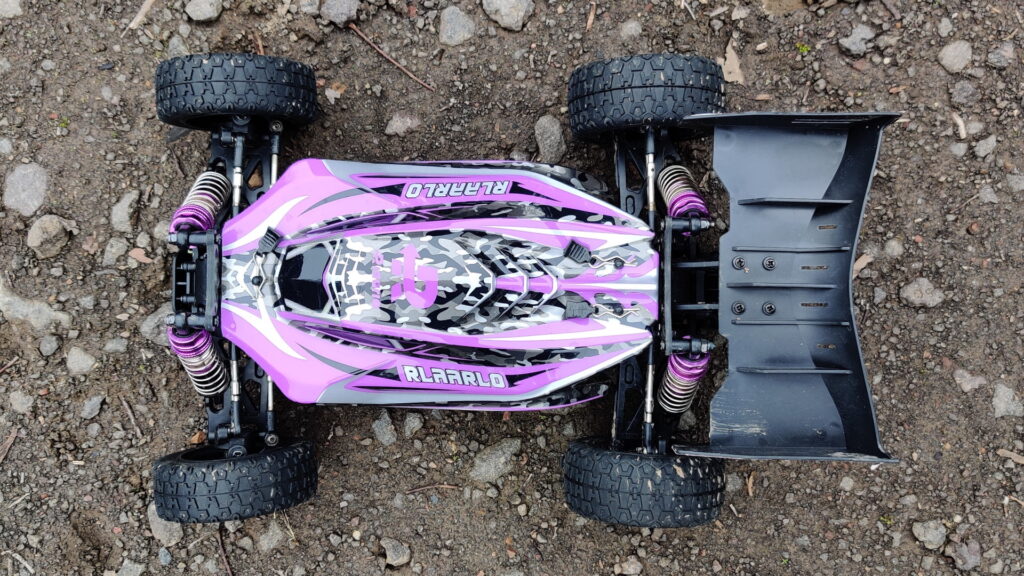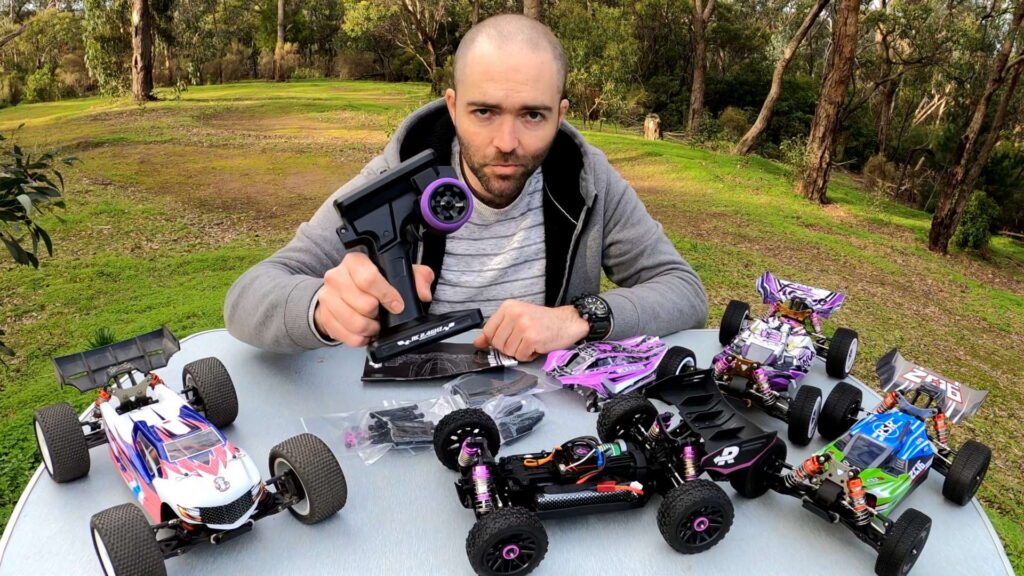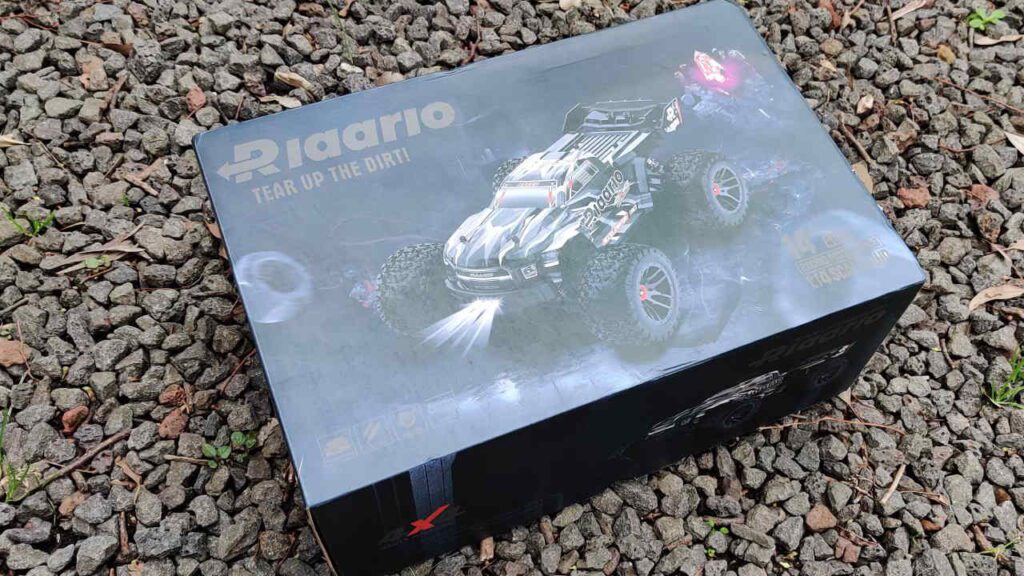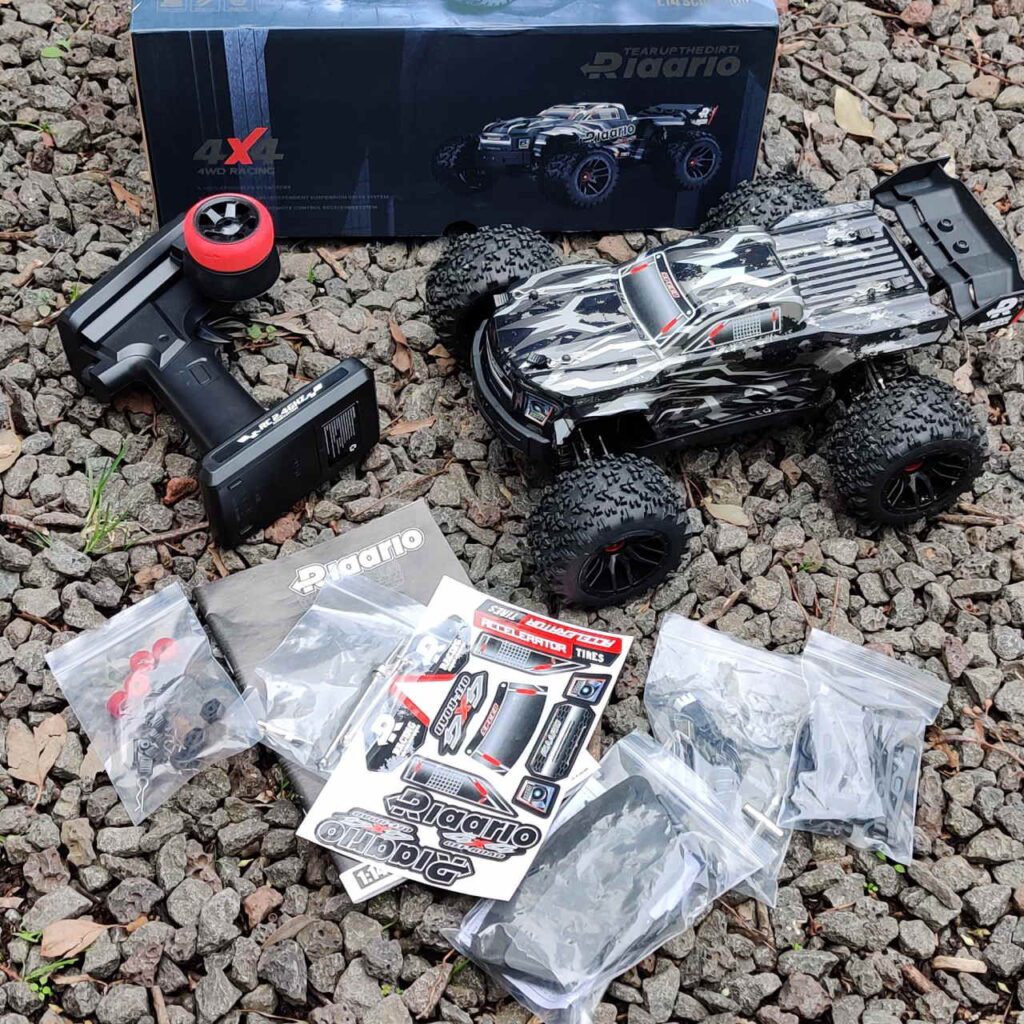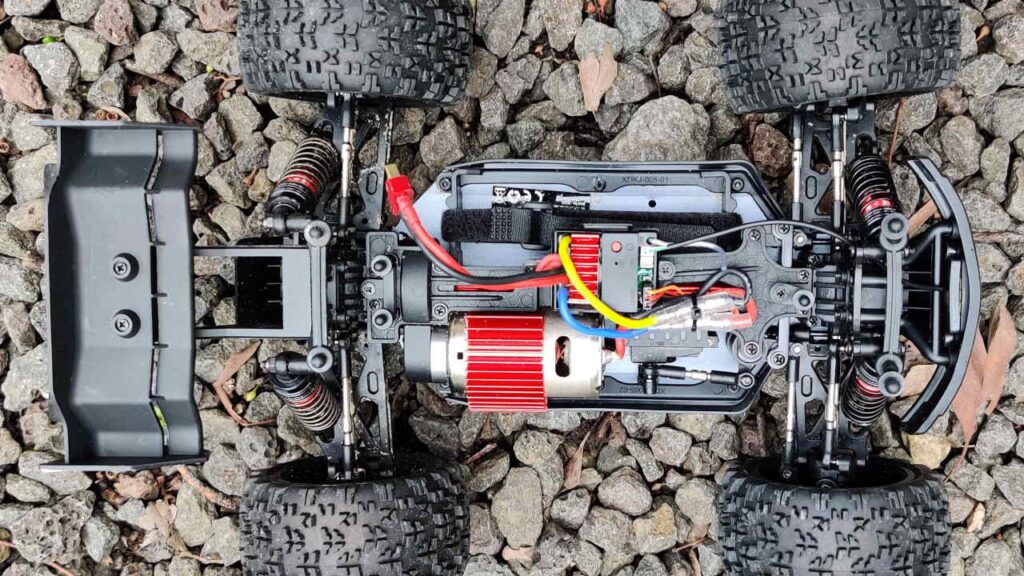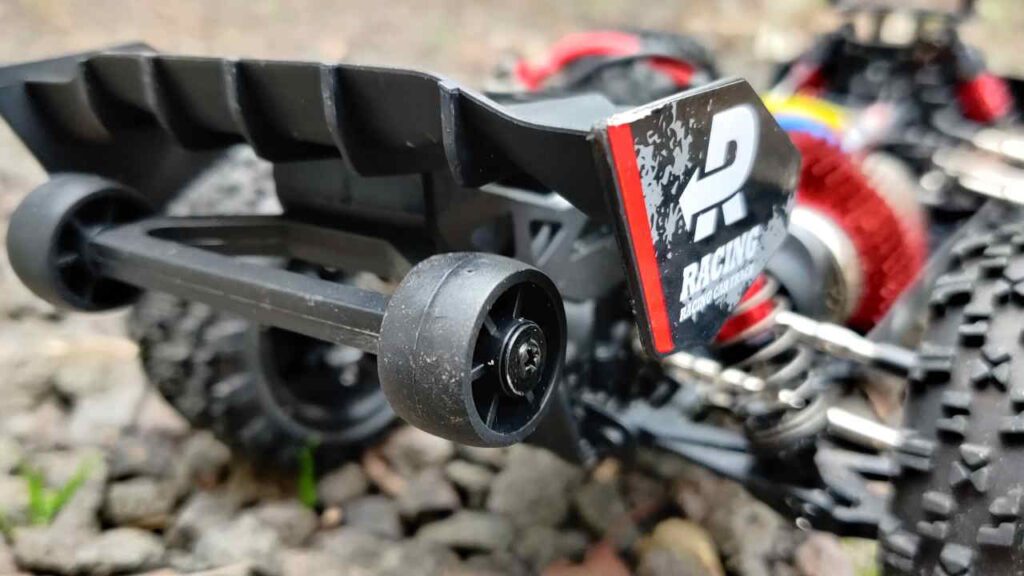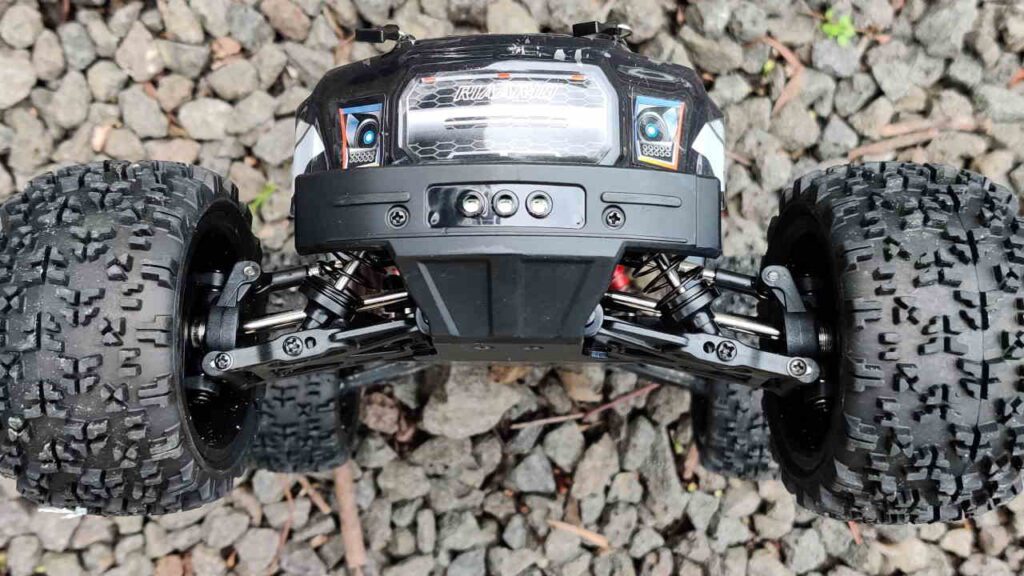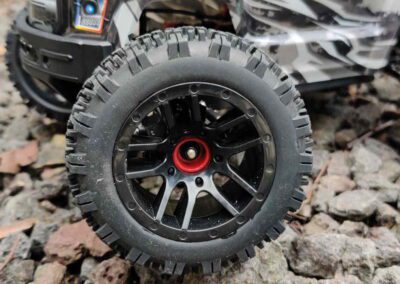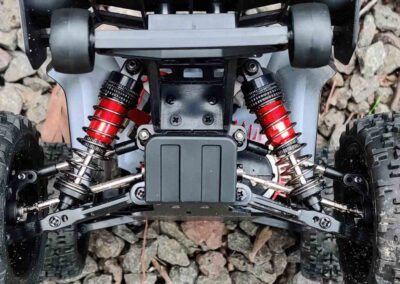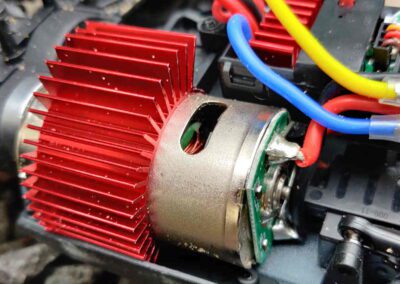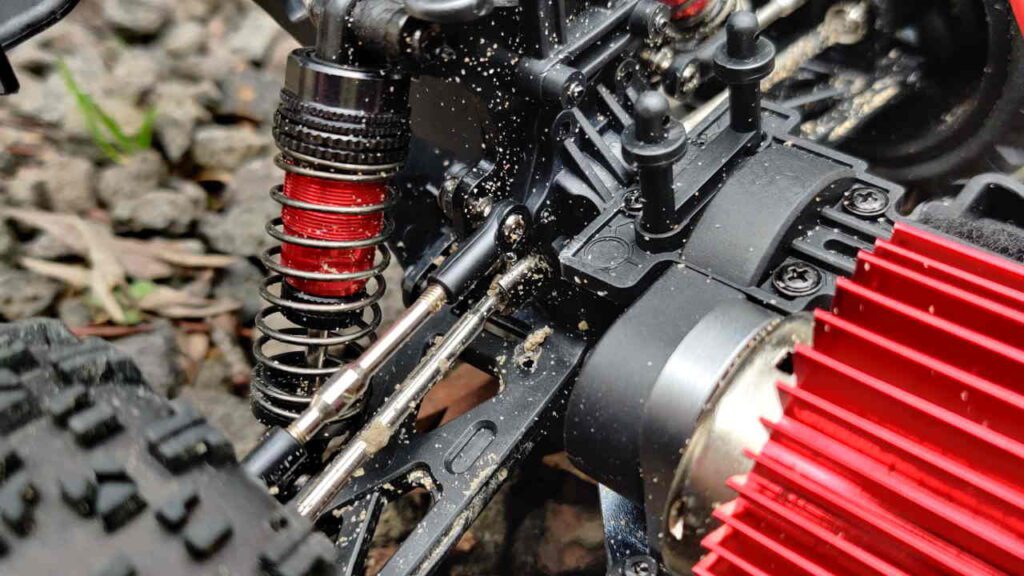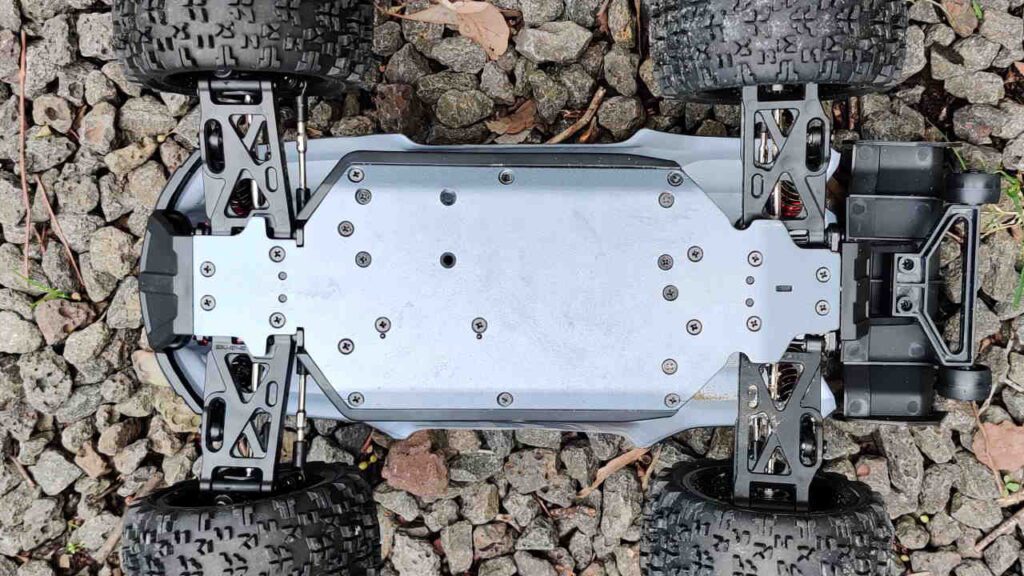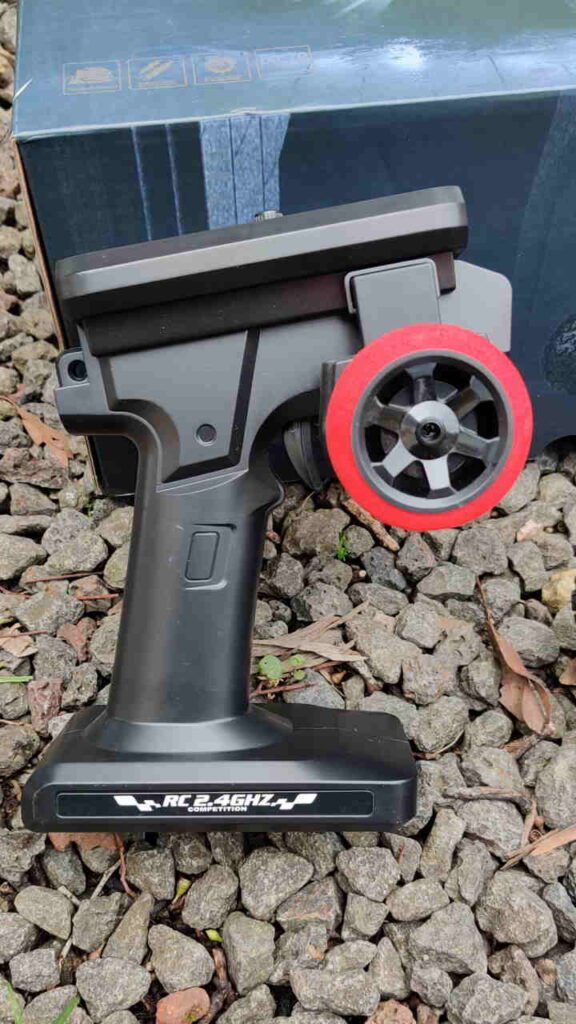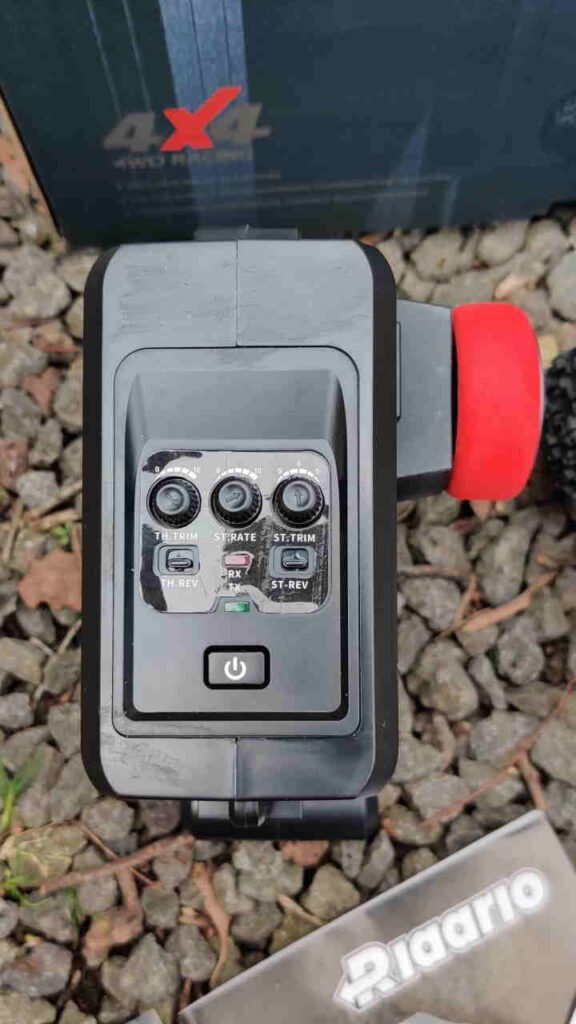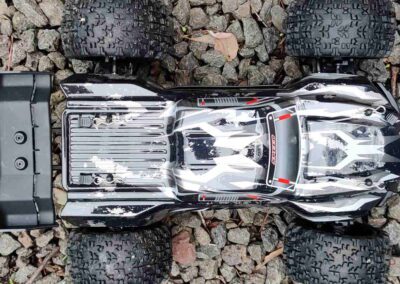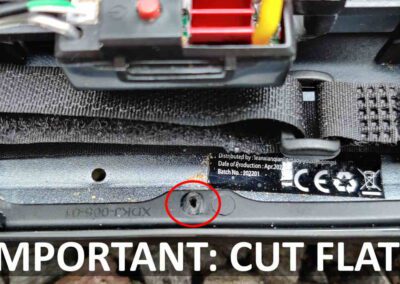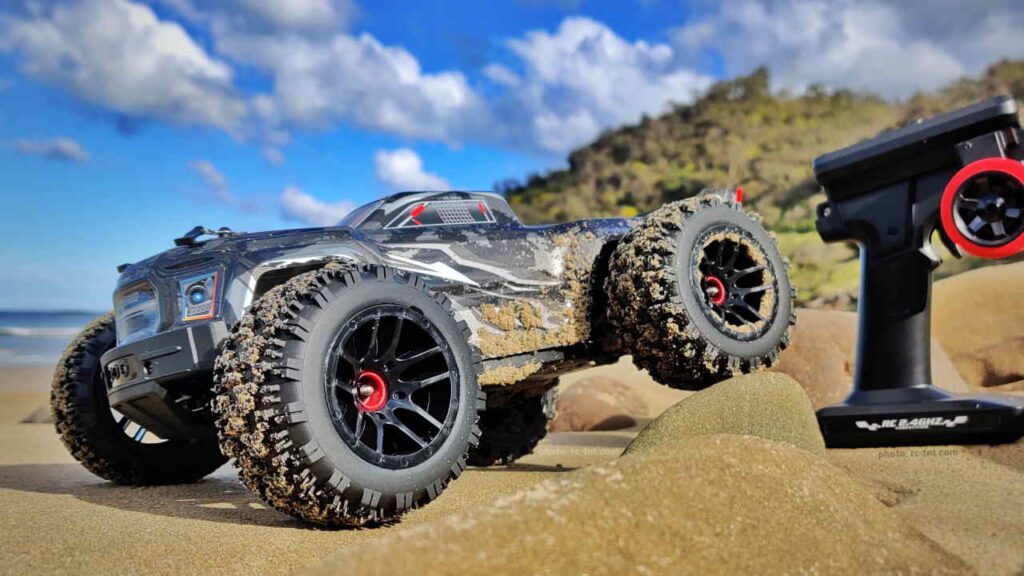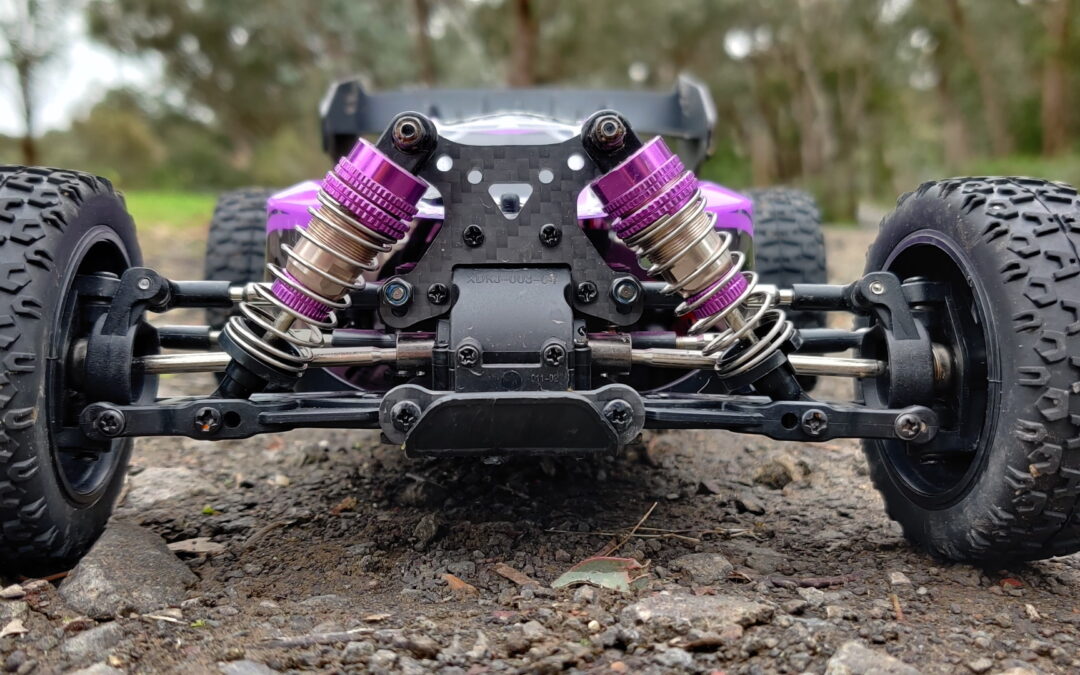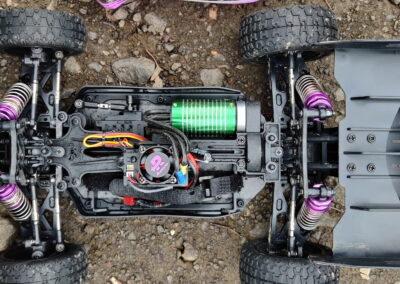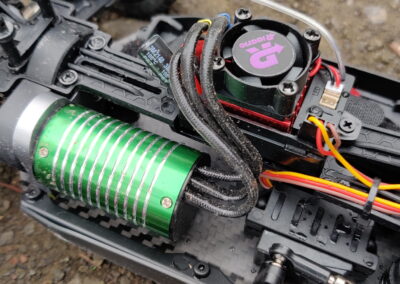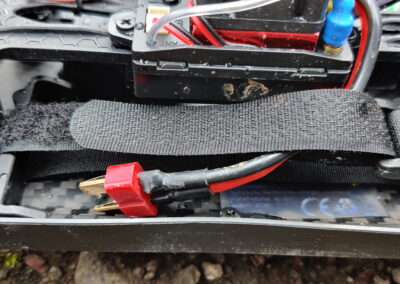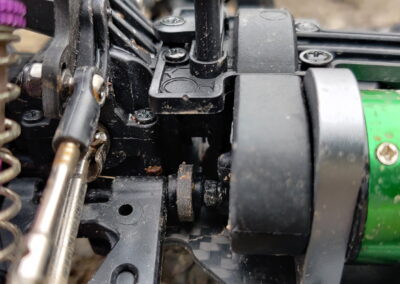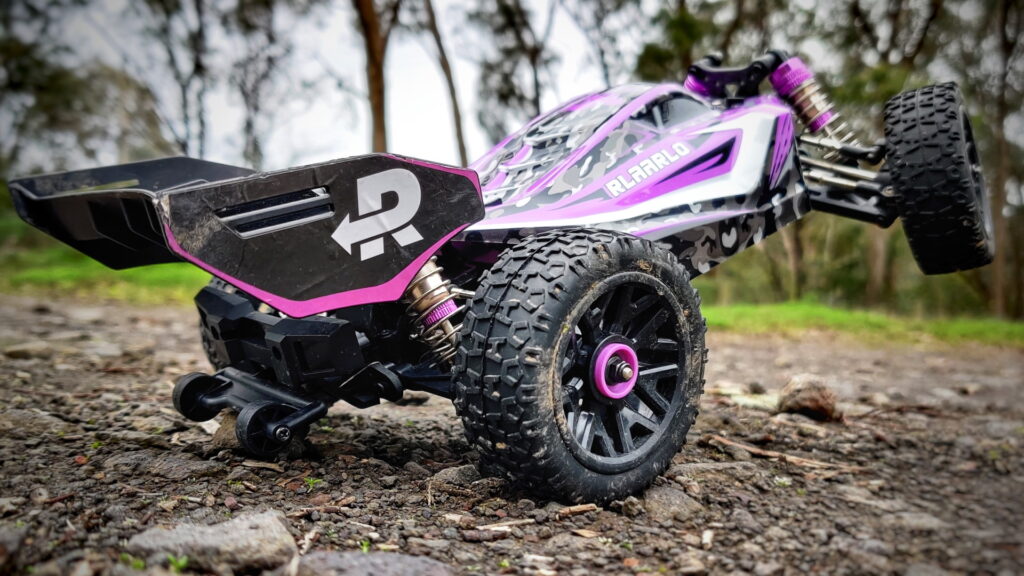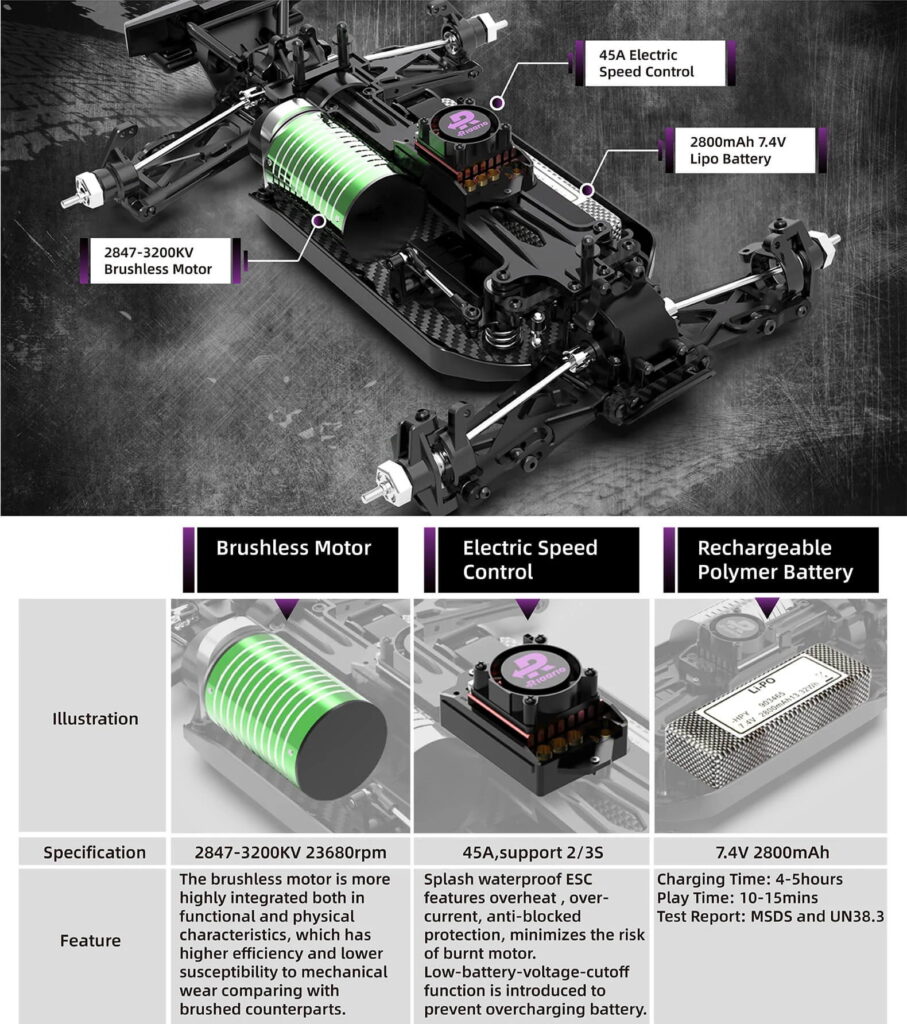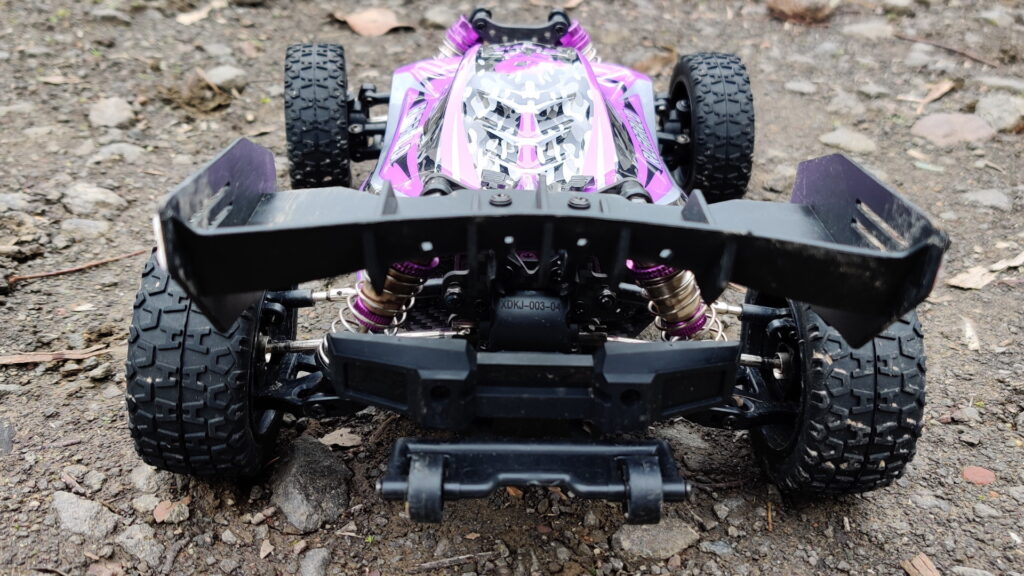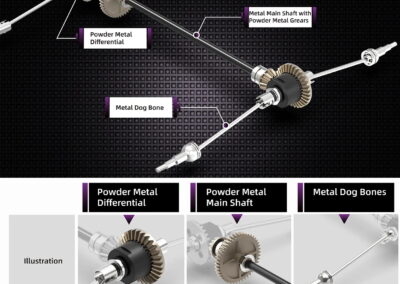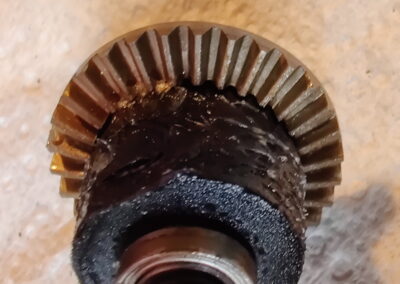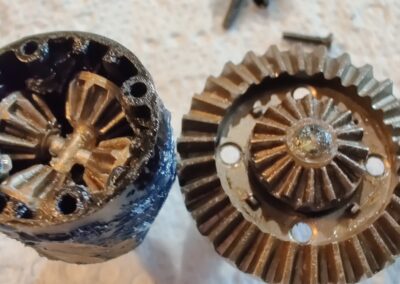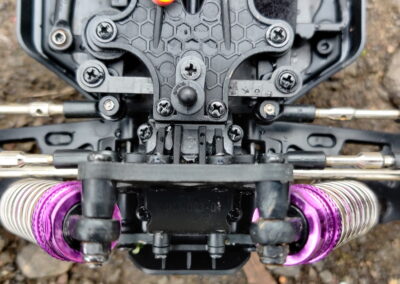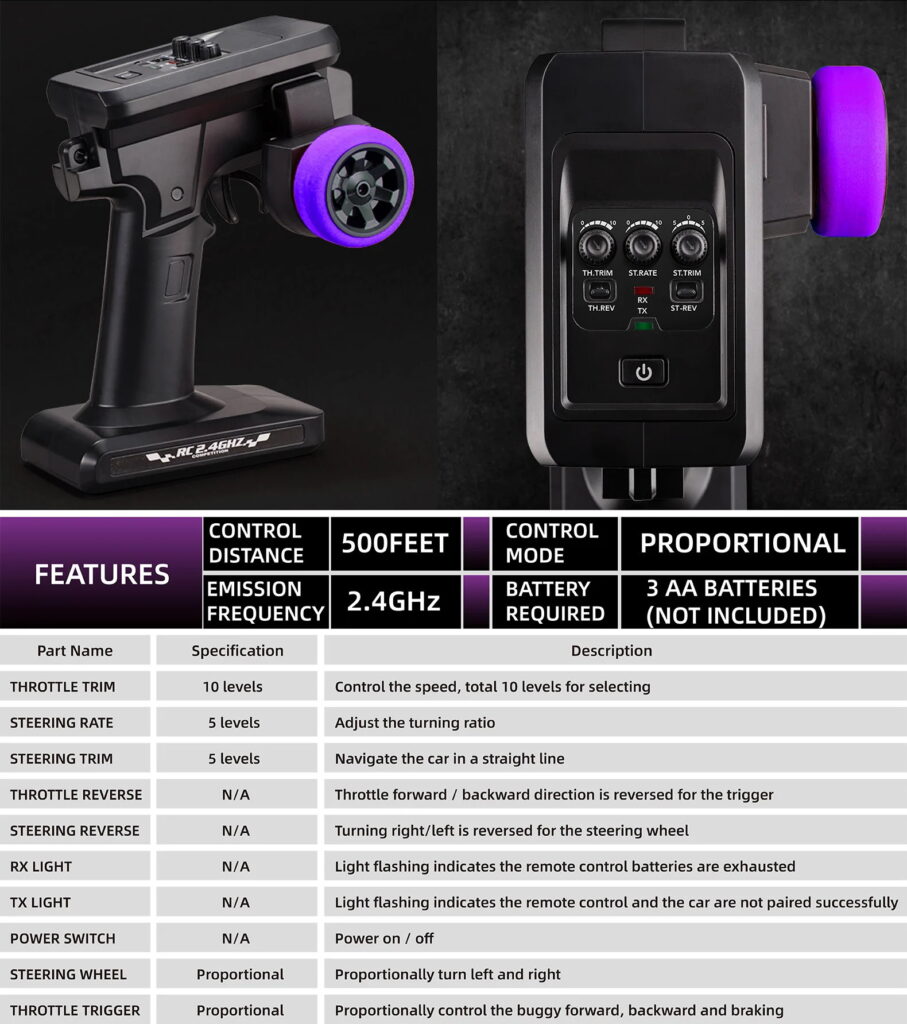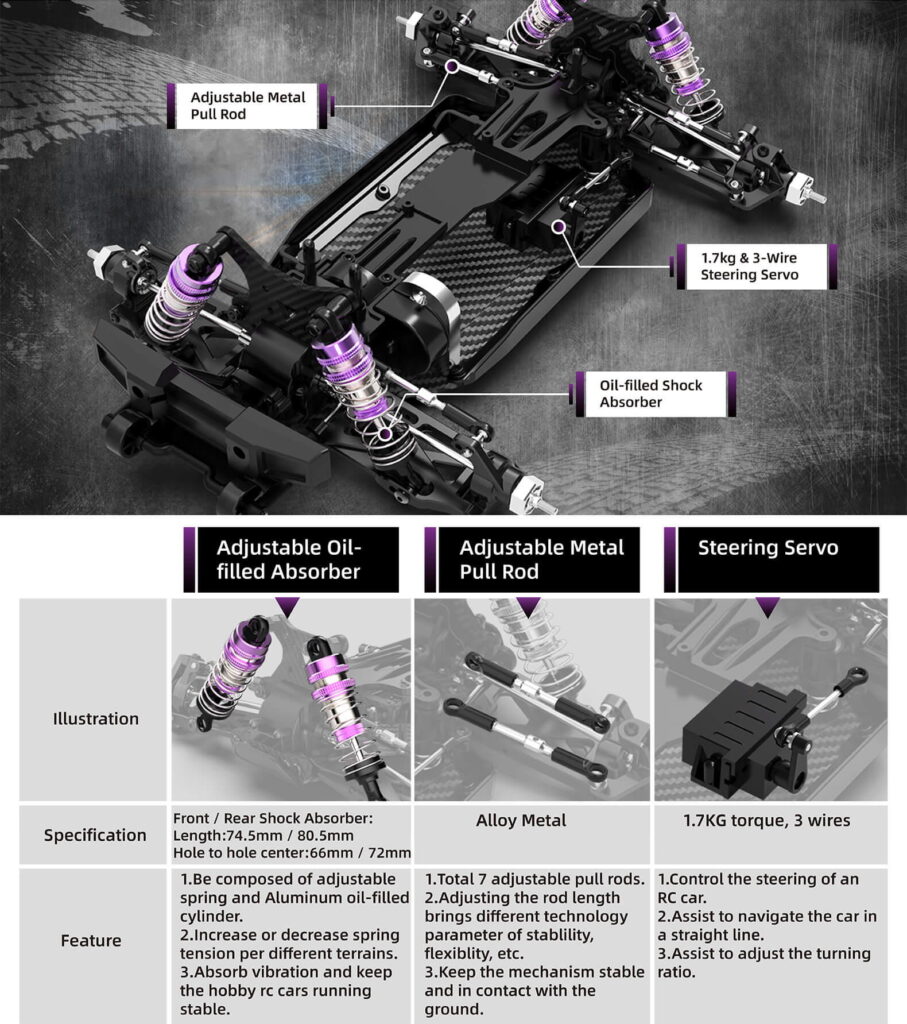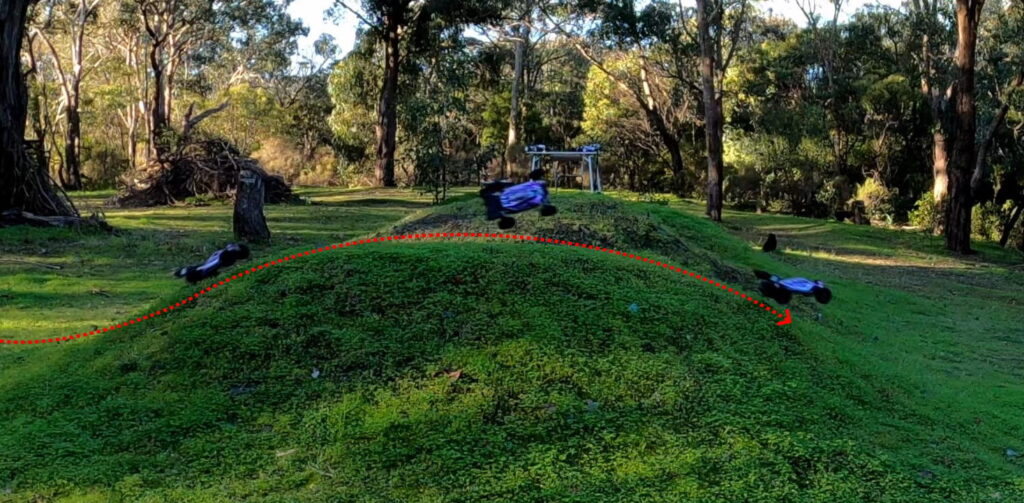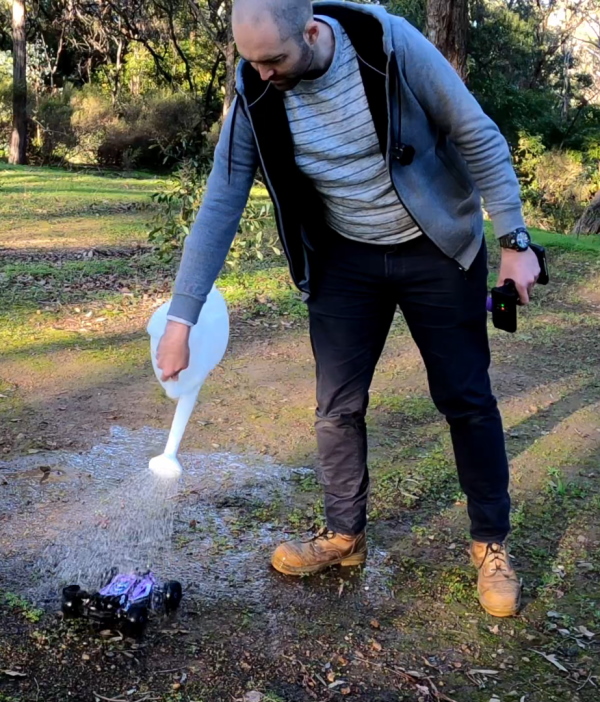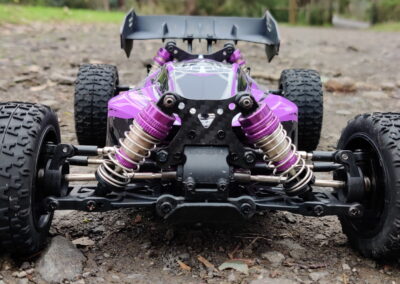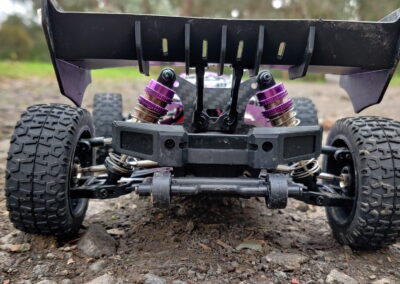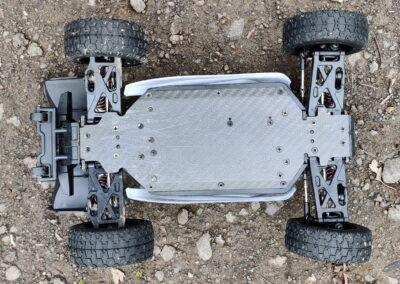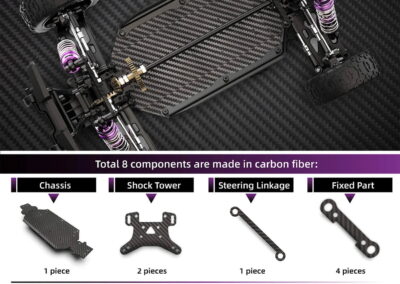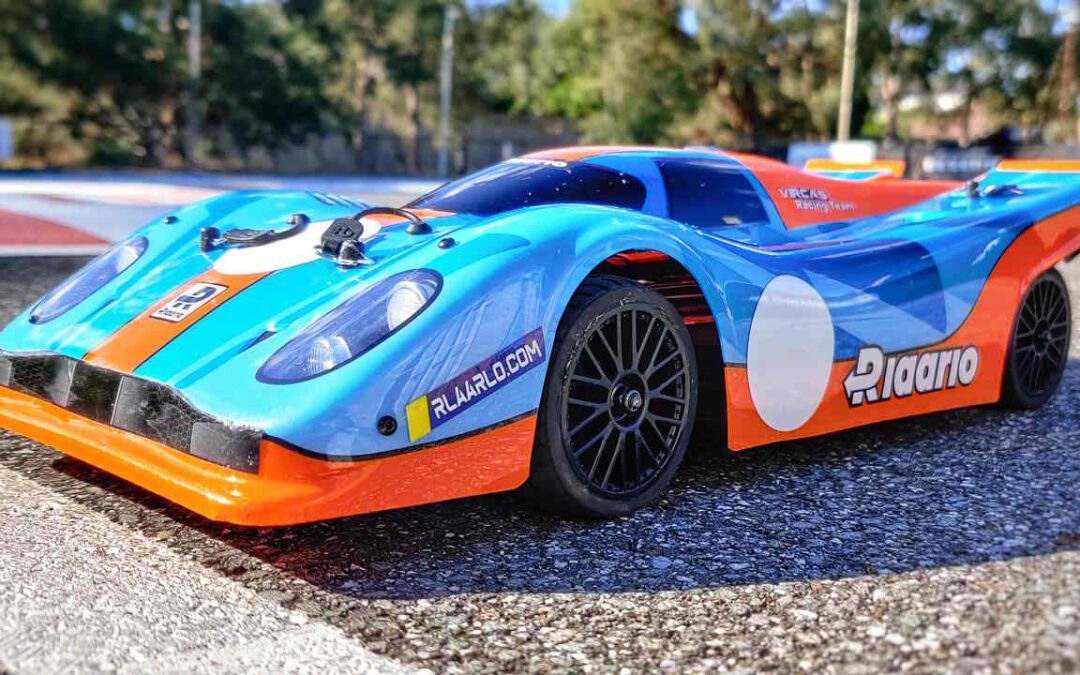
Rlaarlo AK-917: a Porsche 917K Love Letter
Introduction
This is a recount of my personal journey so far with the Rlaarlo AK-917. This new release is a remarkable 1/10 scale road car that pays homage to the iconic 1969 Porsche 917K. In this retelling, I will share my experiences, joys, and challenges encountered while exploring the capabilities of this very interesting RC car.
Join me as I recount the unboxing excitement, delve into the radio system, power system, chassis and suspension, wheels and tires, track performance, encountered issues, and future plans. This is not a sales pitch; it’s a genuine tale of my time with the Rlaarlo AK-917.
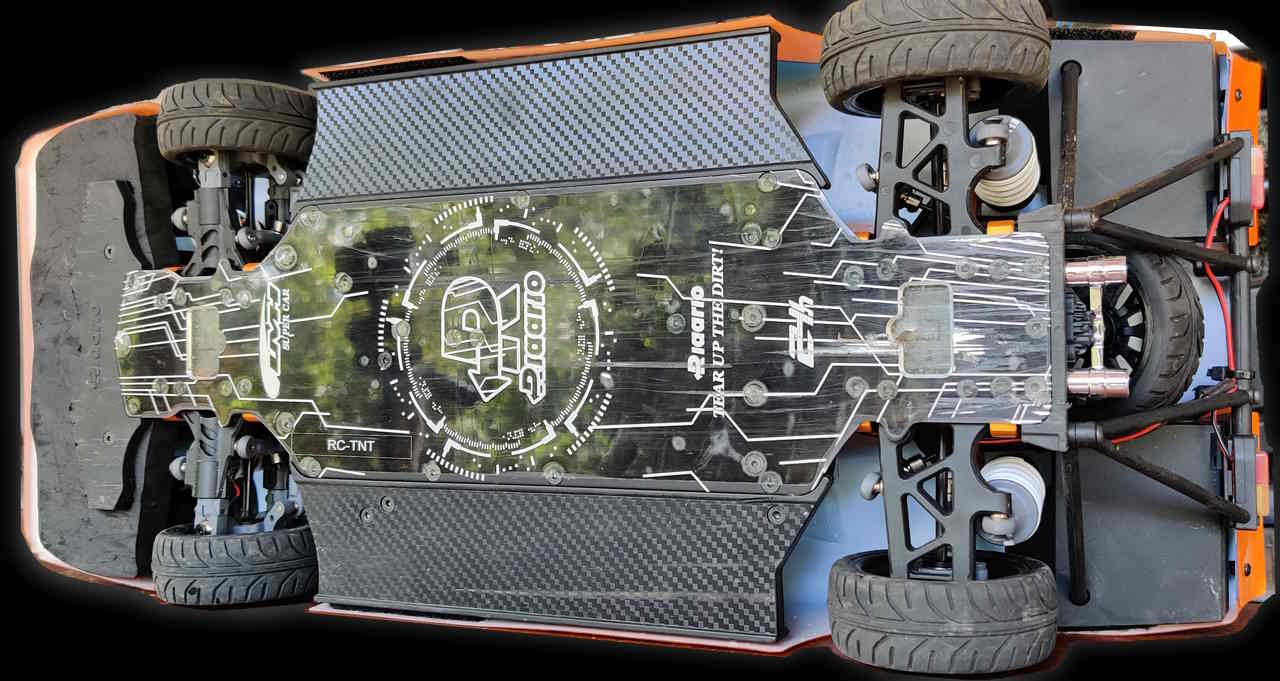
Unboxing and Included Items
Opening the box of the Rlaarlo AK-917 Metal Version Brushless RTR revealed a very special storage case. This isn’t the first of its kind from Rlaarlo – we’ve seen similar with their buggies in the past. This one was more refined and I don’t recall feeling excited about any other RC car in recent memory as I did with this one!
The box interior revealed a meticulously-arranged assortment of components and accessories; such attention to detail, Rlaarlo! Alongside the car itself, I found a 4000mAh 3S 25C hard-pack LiPO battery pack, a 2.4GHz radio transmitter, an instruction manual and related documentation, an array of spare parts and gears, and basic tools. These items provided a comprehensive package for embarking on an immersive RC experience – you can expect these in your pack too, it wasn’t just a sponsorship special.
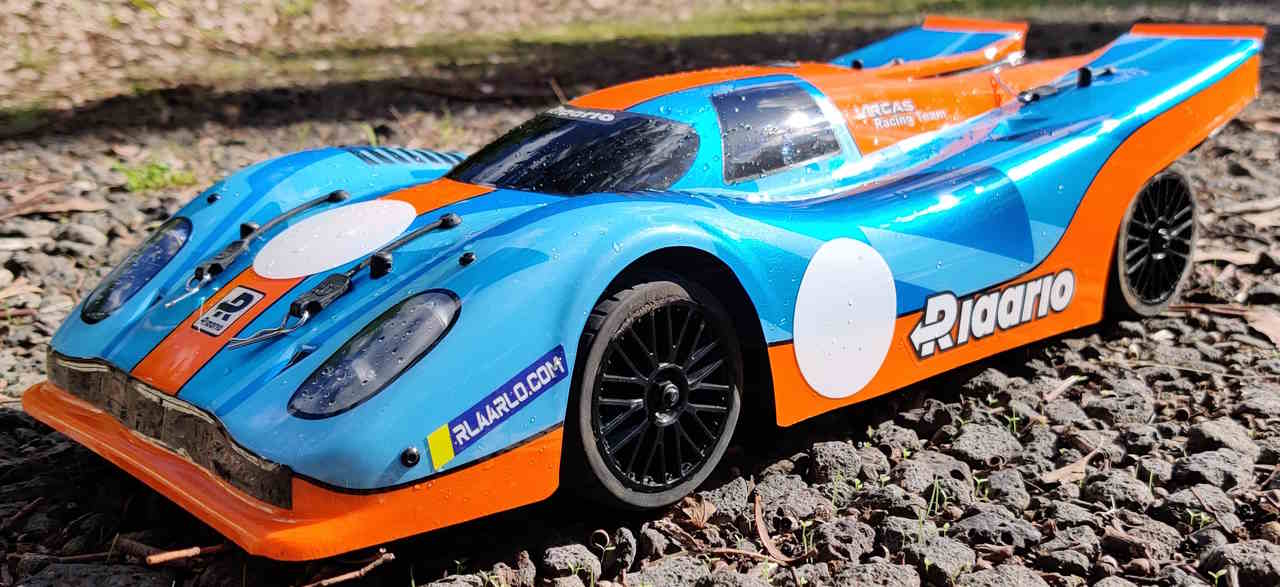
Radio System
The heart of the AK-917’s radio system is the DumboRC X6-inspired transmitter. This power-efficient radio offers outstanding value with its affordable price tag without compromising on performance. The reputation for excellent longer-range reception adds to its appeal, especially for those planning to push the limits of the AK-917 during speed runs.
The provided receiver, a DumboRC X6F copy, seamlessly integrates with the AK-917 Metal Version Brushless RTR, ensuring reliable and precise control over the car’s movements. Its compatibility with the X6FC receiver, included with the AK-917 Carbon Fiber Brushless RTR variant, extends functionality by incorporating light control features. Rlaarlo’s attention to detail is evident in their decision to include this upgraded receiver, with an added bonus of that flashing orange exhaust LED array on throttle overruns. We’ll hopefully enjoy this on the CF version I’ve purchased after my experience with the Alloy version! Coming soon.
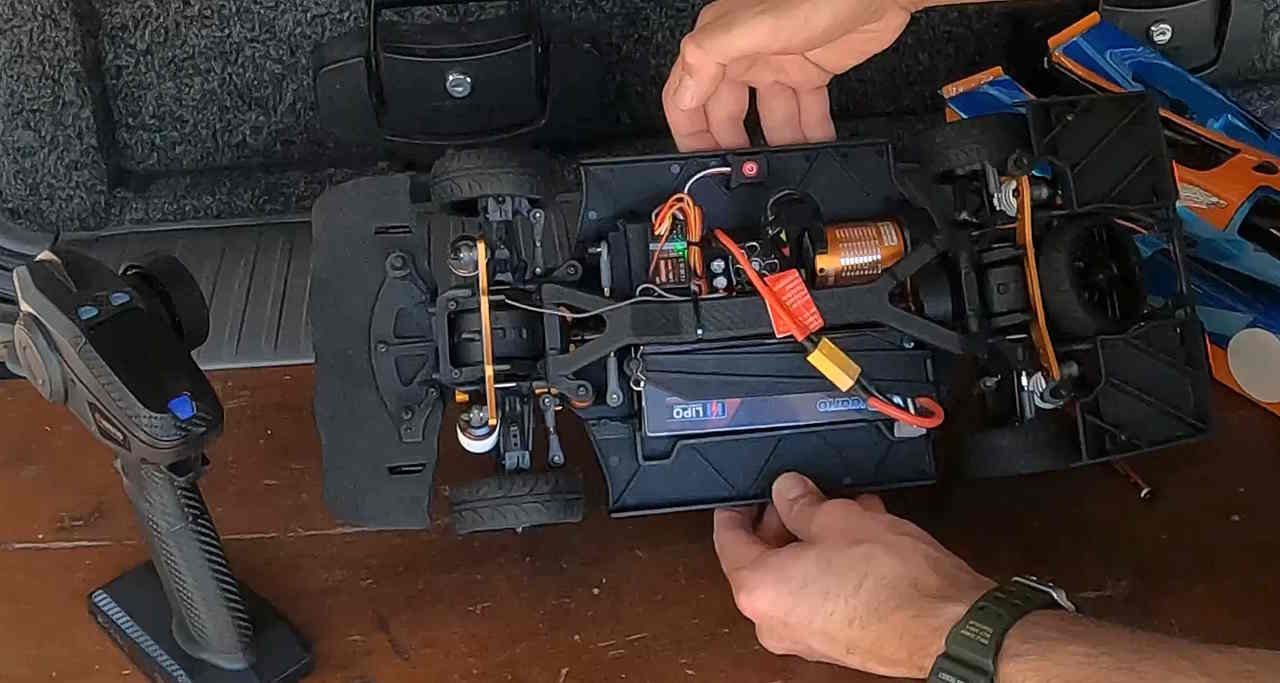
Power System
At the heart of the AK-917 lies a powerful non-sensored brushless motor, specifically the 3650 4200kv variant. This motor, combined with a 3S (12V) power source, delivered an exhilarating burst of speed that surpassed my expectations. The included ESC in the alloy variant is a 60A unit capable of 2S and 3S power. (The Carbon Fiber variant ships with a 120A version that’s 2S to 4S capable).
The AK-917 eagerly responded to throttle inputs, surging forward with raw acceleration. The non-sensored brushless motor proved its efficiency and durability, enabling extended run times without sacrificing performance. While the stock power system provided ample excitement, I did find a little hesitation on applying throttle after progressively braking from higher speeds. This was a minor issue and not one I experienced with an after-market ESC. Something worth keeping in mind if you’re shopping the alloy RTR variant.
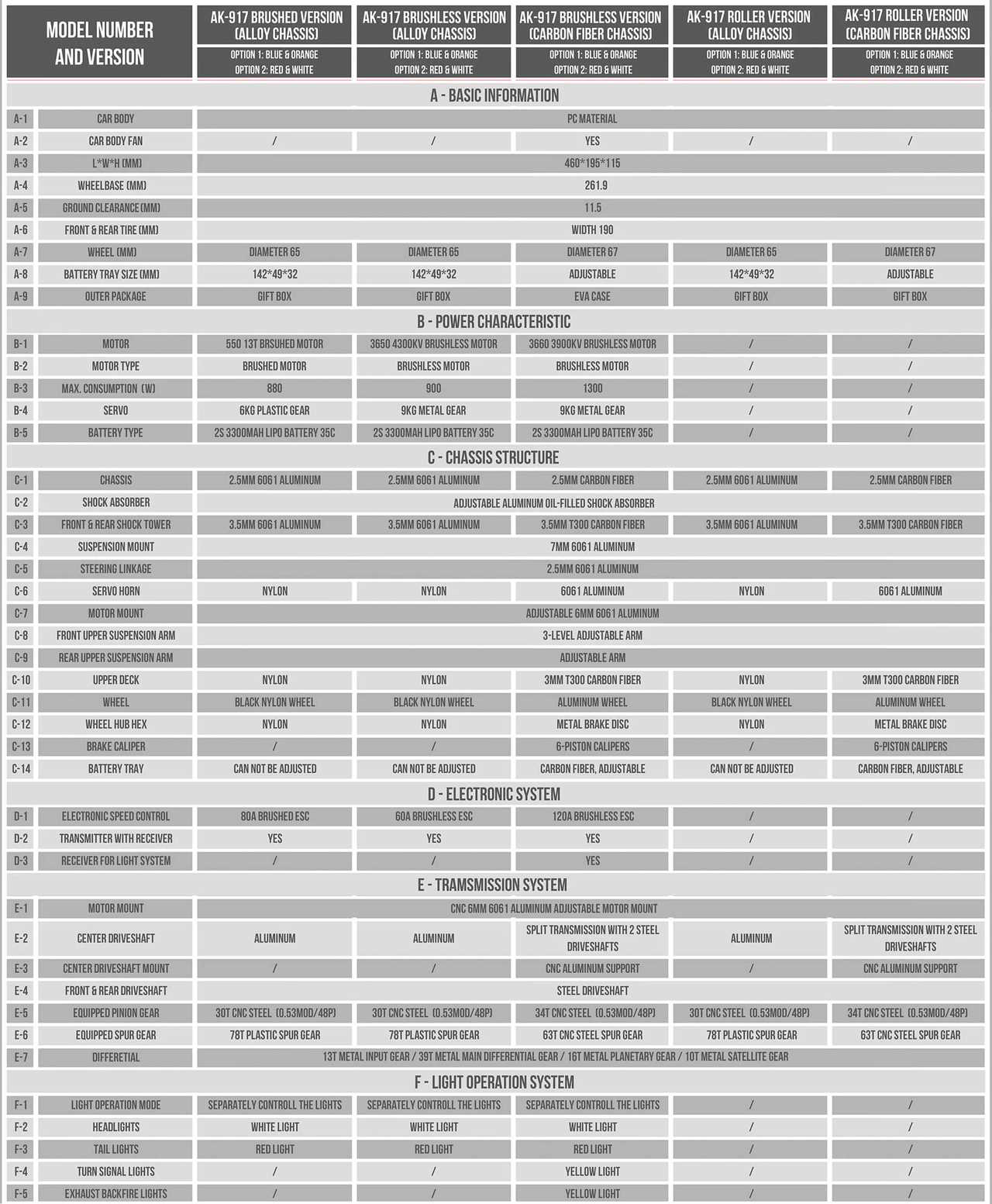
Chassis and Suspension
The AK-917’s meticulously designed chassis captivated me with its attention to detail and resilience. Constructed with durability in mind, the metal frame provided a solid foundation capable of enduring the rigors of intense driving sessions. Flexible but solid plastic sides and ends made for a very stiff chassis that didn’t pack on extra unnecessary weight. It’s quite a balanced machine.
Inspired by the iconic Porsche 917K, the AK-917’s chassis design beautifully captured the essence of the original racing legend, igniting a sense of nostalgia and admiration. (Customers won’t enjoy the surprise I had of finding ‘RC-TNT’ etched on the underside of the chassis – WOW!! Thanks Rlaarlo!)
Complementing the robust chassis, the AK-917 boasted an adjustable suspension system. Fine-tuning the suspension components allowed me to tailor the car’s performance to suit various track conditions and my preferred driving style. This suspension setup facilitated responsive handling, enhanced stability, and reasonable cornering abilities, though the front sway bar setup does seem overly soft and I’m not sure how much function it really adds to the car. More testing needed on that front.
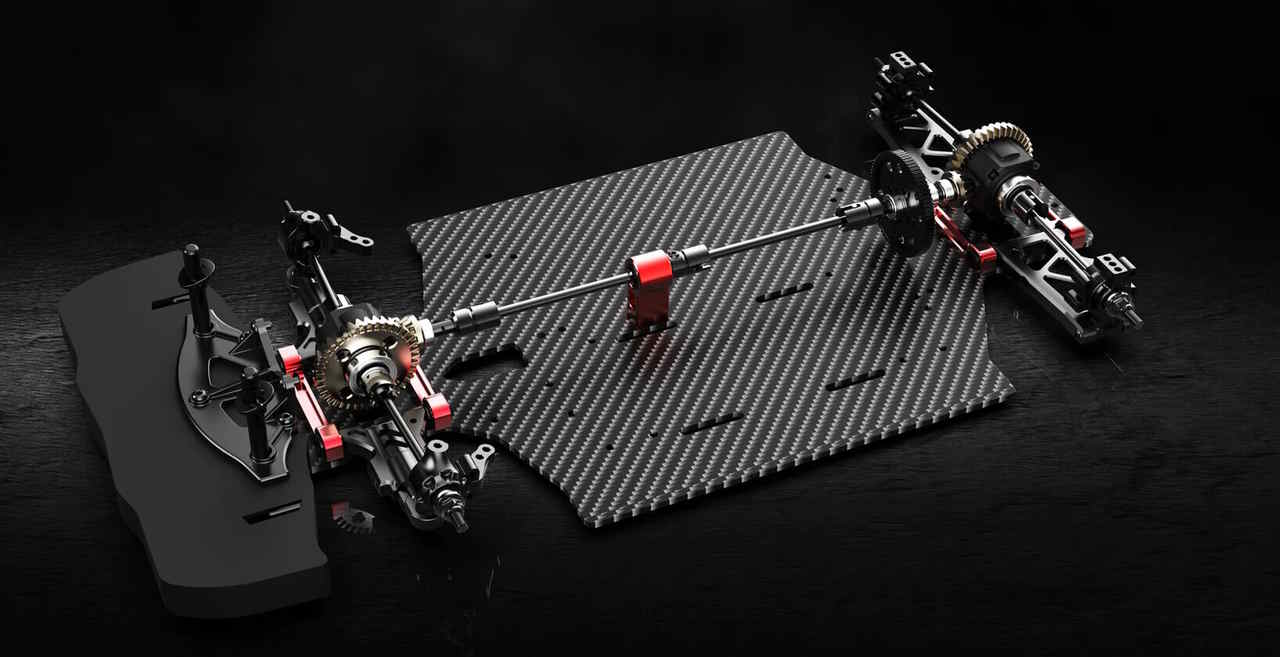
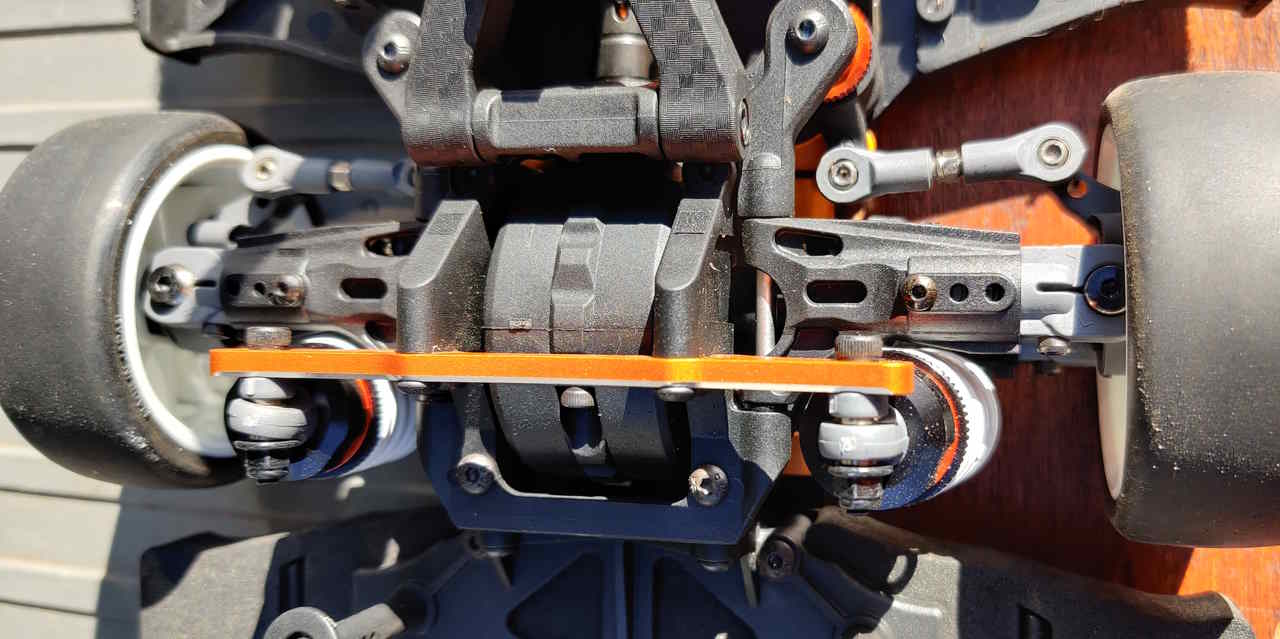
Wheels and Tires
Rlaarlo’s attention to detail extended to the selection of wheels and tires for the AK-917. These high-quality components not only enhanced the car’s performance but also added a touch of visual flair. The wheels are pretty and lightweight. They’re plastic on the Alloy Chassis version and that’s just fine. I do have a set of the Alloy wheels that come with the CF version too – they weigh a little more than the plastic units and I’m not convinced they’re a better choice. We’ll report back in future testing.
The thoughtfully chosen tire compounds provided optimal grip on diverse surfaces, ensuring maximum traction and control. The scale-inspired wheels perfectly complemented the overall aesthetic of the AK-917, further immersing me in the nostalgia of the legendary Porsche 917K. Note, there was significant wear on the insides of the rear tires especially after about 15 minutes of track use. There was evidence of heat and hardening along the inside edges and also the tire carcasses showed early signs of deterioration after this first drive. I may be imagining it, but grip levels seemed a little lower on our second track day.
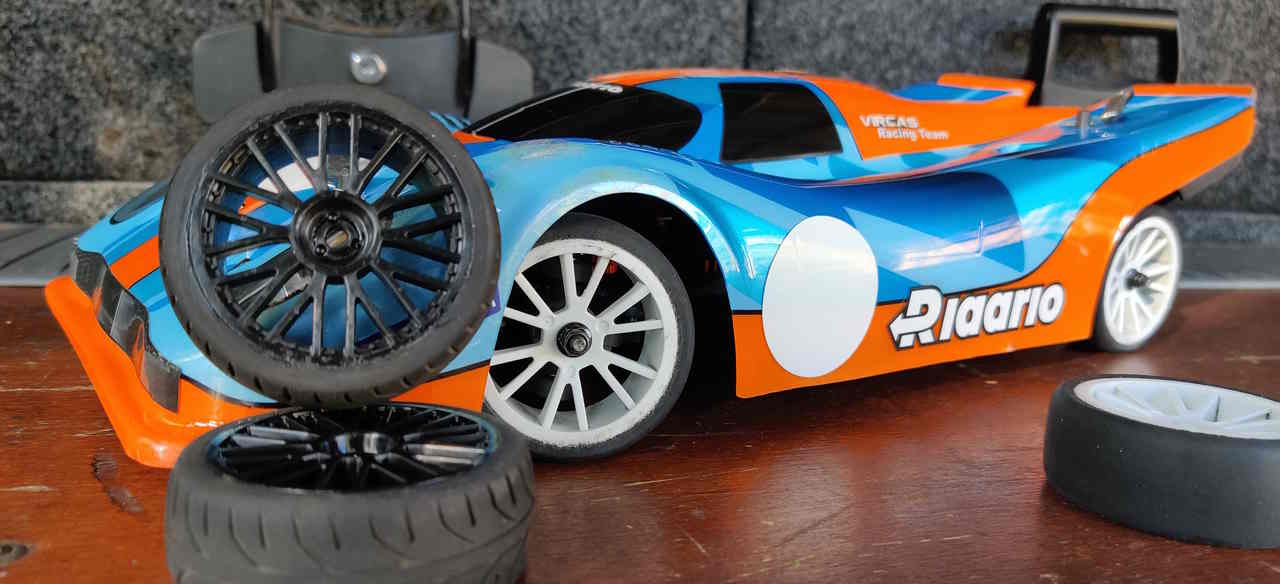
Track Performance
Taking the AK-917 to the racetrack was an exhilarating experience that truly showcased the car’s capabilities. Remember, we’re dealing with a reasonably cheap car that already delivers a large amount of power. It didn’t have to be perfect on the track to win everyone’s attention, but it really is quite good!
With its powerful brushless motor and well-tuned suspension, the car demonstrated impressive speed, agility, and handling. I pushed the AK-917 to its limits, navigating tight corners and exhilarating straightaways mostly with ease. We did have some upset leaving corners under power, with an inside front wheel consistently lifting in lieu of a stiff enough sway bar system. But overall, the car’s balance and stability instilled confidence, allowing me to push further and explore the full potential of this RC racer.
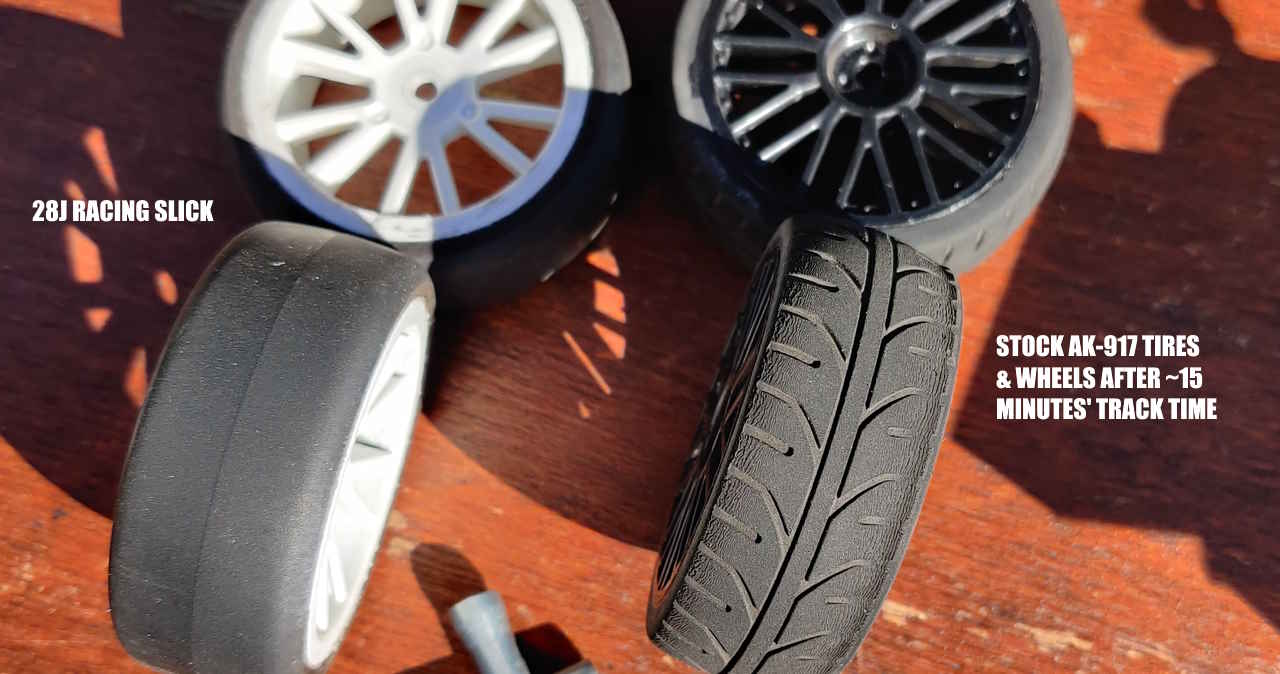
Issues and Fixes
During my testing, I encountered a couple of issues that required attention. Firstly, the servo failure experienced within seconds of use was an unexpected setback. To ensure the continuity of our review and tests, I promptly replaced the servo myself – any standard digital servo is fine, though faster is obviously better. Rlaarlo would have replaced this for me, had I approached them about it.
Additionally, intermittent ESC cut-outs were encountered during the first video’s track performance. This is best viewed in the video, linked further down in this article. Upon further investigation, Rlaarlo identified that the radio system’s antenna installation was creating interference. They promptly advised on a better placement of the antenna, and noted they were rectifying the issue for all AK-917 models sold to customers. This responsive approach demonstrated Rlaarlo’s commitment to addressing potential concerns and improving the overall user experience.
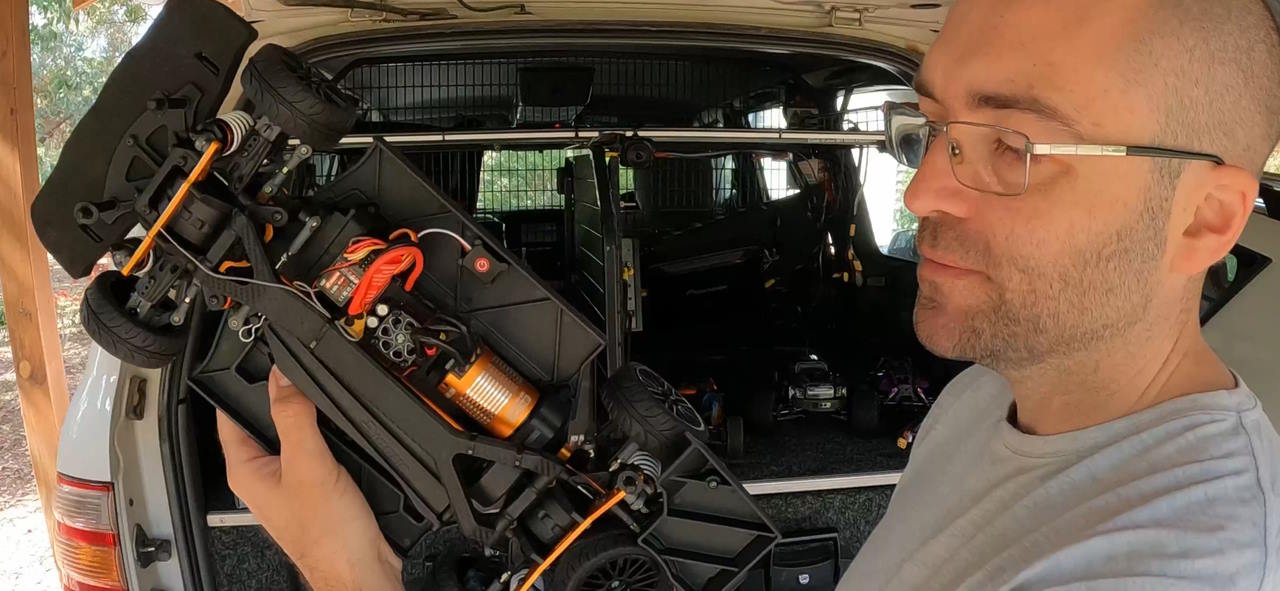
(My) Future Plans
As I continue my journey with the Rlaarlo AK-917, my future plans involve exploring the capabilities of both the Brushless Metal Version they supplied and the Carbon Fiber Roller Version I have purchased. I am excited to experiment with larger motors, pushing the boundaries of speed and performance even further.
Additionally, I intend to participate in Rlaarlo’s 2023 Speed Run event in June this year. We’ll be chasing 200km/h and I look forward to sharing the thrill of the AK-917 with fellow RC enthusiasts and showcasing the enduring spirit of the legendary Porsche 917K.
Conclusion
The Rlaarlo AK-917 has captivated me with its homage to the iconic Porsche 917K and its exceptional performance on the racetrack. Through the unboxing experience, high attention to vehicle detail, track performance, and exceptional power system, I have discovered a car that embodies the passion and excitement of RC racing.
While not without its hiccups, the AK-917’s ability to adapt, coupled with Rlaarlo’s dedication to addressing concerns, ensures a fulfilling RC experience. The AK-917 promises many more thrilling moments on the horizon. See you next month for the speed run!
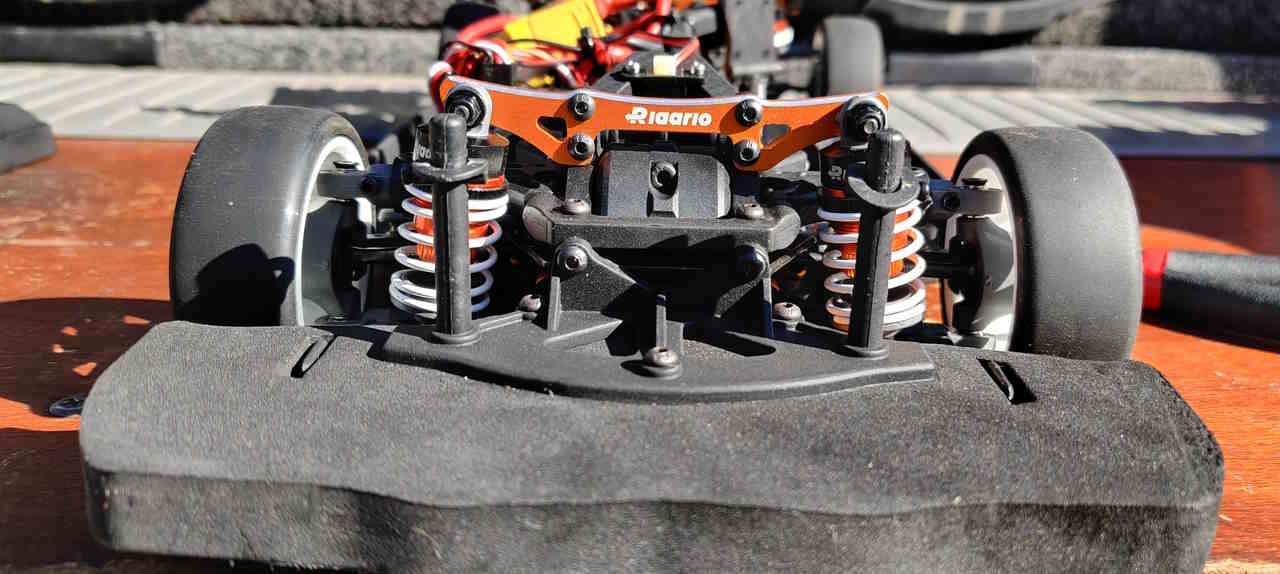
Where to Buy
Visit Rlaarlo and buy directly from the manufacturer. Use code RC-TNT for a discount on your vehicle purchase. Thank you for your support – we get a small commission for every vehicle sold, though would be recommending this vehicle even if we didn’t. It’s a ripper!

Craig Veness
RC-TNT
Craig has been into radio control since the 90s and into RC crawling since about 2010, when a Losi MRC started the obsession! Now it's all rocks this and crawl that and upgrade all the things! ...You know how it is, right? Welcome home 🙂
